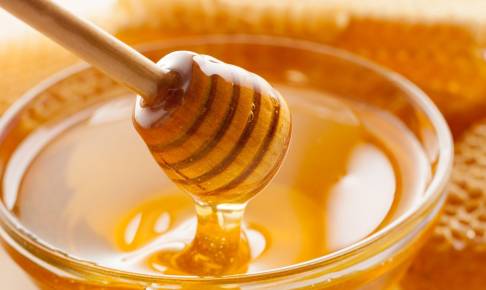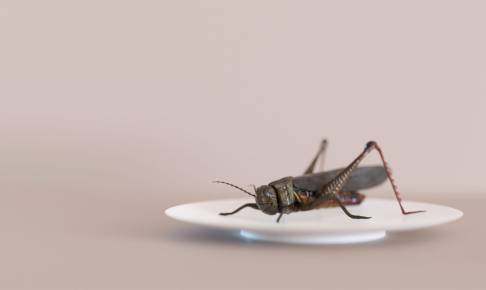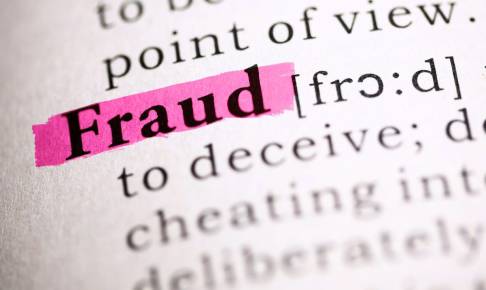Honey fraud persists, French study says
In the European market, honey scam is fairly common. For this reason, the French consumer group Que Choisir examined 40 supermarket jars and discovered 18 samples violated of the laws.
First, the French group tested for adulteration or contamination with sugar, the most widespread fraud. This fraud was found that 7 out of the 40 samples tested (honey from China (2), France (2), Italy (1), Latin America (1) and Australia (1)). According to the group, this could be for two reasons. First, some might be adding and mixing sugar syrup into honey to boost yield while cutting costs and second, some might use contamination by bee-feeding syrup in the event of poor blooming may be required. Contamination is not permitted in the latter scenario, either, and it can be seen as a sign of a lack of attention to appropriate hygiene measures.
Second common deception is the mislabeling of honey's origin. The French group took into consideration past cases when the official public controls identified a scam involving hundreds of tons of Spanish and Chinese honey 'converted' into French. Nevertheless, when the 40 jars of honey were tested, no irregularities in the reported origins were found, with the exception of a wildflower of unknown origin (probably Ukrainian according to the research) was labeled as Romanian. However, 9 of the 40 jars of honey tested in French stores did not indicate country of origin which is very unusual.
Third common fraud regarding honey is the botanical origin. According to the test done by the French group, this was found in 2 of the 40 samples examined. The first one was an online-only French product known for the addition of syrup, which sells itself as acacia honey but lacks the qualities. The second one is an organic honey from Hungary that is labelled as acacia but has the properties of a less valued wildflower honey.
Lastly, The European legislation demands compliance with specific freshness measures such as minimum levels of enzymatic activity to ensure the organoleptic quality of honey. These values validate the product's excellent condition of conservation. However, 20% of the studied jars, 8 out of 40, did not meet these criteria - 4 of the 6 pricey manuka honeys, and 4 samples imported from China, Eastern Europe, and South America.
Source:
https://www.quechoisir.org/comparatif-miel-les-fraudes-perdurent-n95488/






















